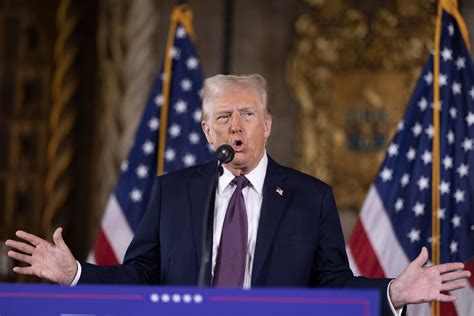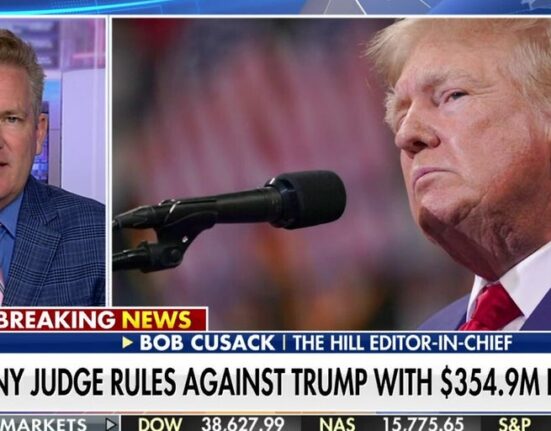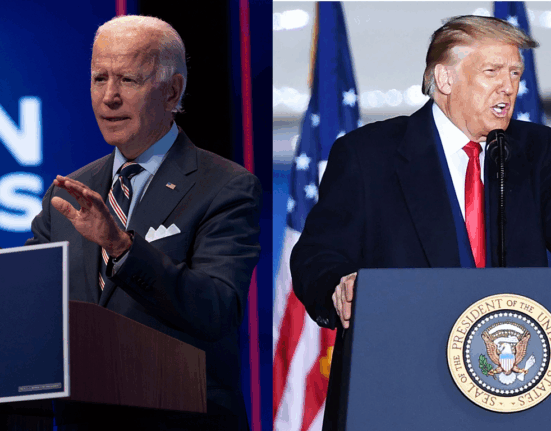In the realm of international trade, every decision made by a major player like the United States has a ripple effect that reaches far and wide – especially to regions like Latin America. So when President Trump unveiled his latest tariffs, it sent shockwaves through the corridors of power in countries south of the border.
The news hit hard for many high-ranking officials, who were left scratching their heads as they tried to make sense of what this meant for their nations’ economies. Trump’s plan was clear: all countries would face a baseline 10 percent duty, but some would be hit even harder based on factors like trade deficits.
“Latin America’s large economies avoided the worst-case outcome on tariffs in part due to Trump’s formula.”
While fears ran high initially, Latin America breathed a partial sigh of relief as they realized that they had managed to dodge the bullet aimed at them by the White House. Thanks to Trump’s unique calculation method for setting tariff rates, major players like Brazil and Mexico found themselves in a slightly less dire situation than anticipated.
This turn of events not only showcased the intricate dance of diplomacy between nations but also highlighted how crucial it is for leaders in these regions to maintain open lines of communication with their counterparts across the globe.
Expert Insights:
According to renowned economist Dr. Maria Rodriguez, “Trump’s tariff strategies could have serious implications for Latin American economies in both the short and long term. It is imperative for these nations to strategize and diversify their trade relations.”
Former Brazilian Trade Secretary Welber Barral emphasized, “Brazil’s proactive approach towards trade negotiations helped cushion the impact of Trump’s tariffs, underscoring the importance of diplomatic efforts.”
As discussions unfolded within Latin American governments about how best to navigate this turbulent terrain set by Washington, one thing became abundantly clear – unity was key. Countries that typically found themselves at odds came together with a common purpose: shielding their industries from undue harm.
Mexican officials worked tirelessly behind closed doors, employing all their diplomatic prowess to ensure that their nation emerged relatively unscathed from this latest round of tariff turmoil. With an eye on fostering positive relations with its northern neighbor, Mexico deployed smart negotiation tactics aimed at appeasing Washington without compromising too much on its own economic interests.
“Latin Americans may be especially aware of risks due to echoes of past economic policies.”
For many seasoned policymakers and economists throughout Latin America, there was an air of déjà vu surrounding Trump’s tariff saga. The protectionist measures he employed bore striking similarities to policies adopted decades ago in various countries across South and Central America.
During periods marked by import substitution industrialization strategies in past decades – an era when shielding domestic industries from foreign competition via tariffs was en vogue – some nations experienced temporary economic boosts before realizing that such practices stifled long-term growth prospects.
As memories resurfaced about previous struggles with protectionism and its pitfalls, there was a collective realization among leaders that adapting swiftly to changing global trade dynamics was not just prudent but paramount for sustained prosperity.
Stakeholders began recalibrating their strategies while keeping one eye firmly fixed on historical lessons learned from turbulent times gone by; ensuring history did not repeat itself became a top priority across governmental circles.









Leave feedback about this